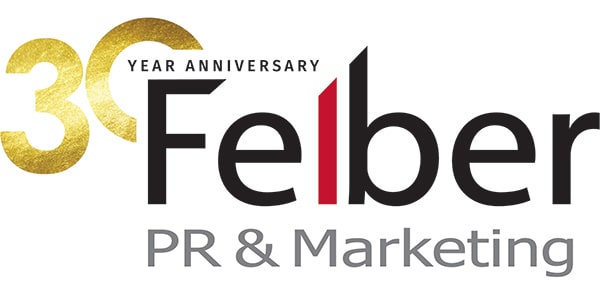How manufacturers can make content marketing picture perfect
Rob Felber’s article in the Crain’s Cleveland Business Akron Edition Photos are a critical element in content marketing for manufacturers. Whether your story is strictly online, being used for a media article or your own collateral, a picture does tell a thousand words. But what if the words are wrong? The following are key factors […]
